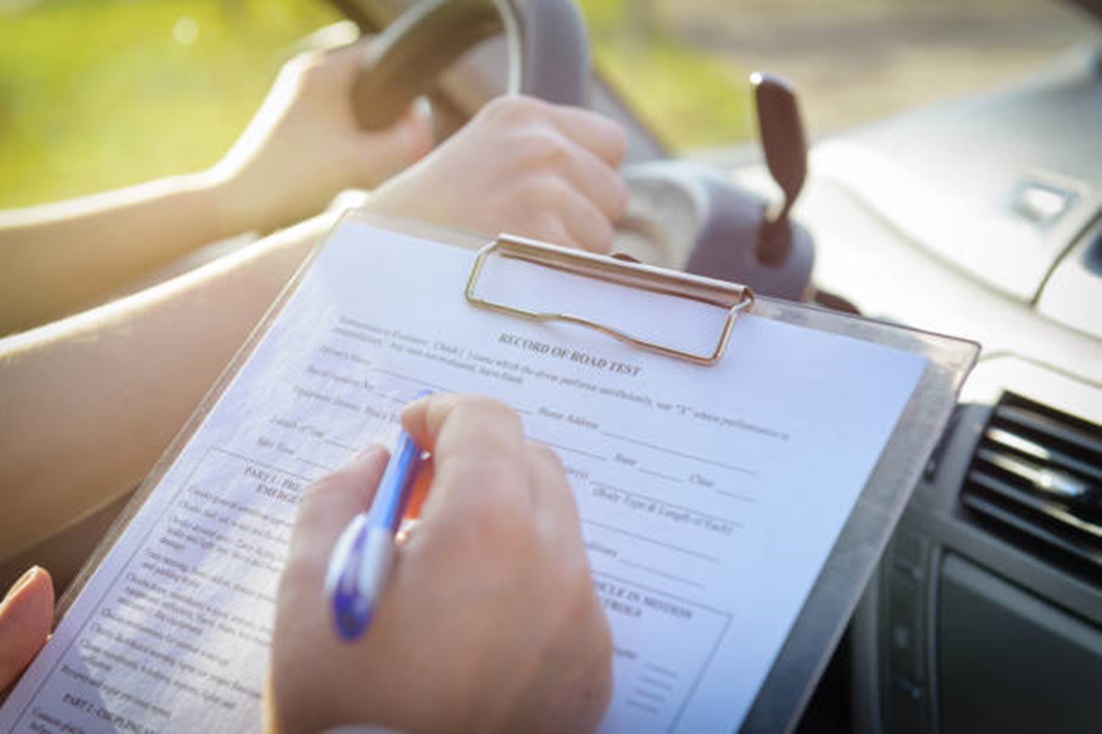Being an HGV driver entails experiencing a multitude of changes and challenges on a daily basis. Each day brings a different set of tasks, such as transporting various items like clothing or building materials. If you work as a freelance driver or are affiliated with a driver agency, your job opportunities become even more diverse as you cater to the specific needs of your clients. It’s worth noting that one often overlooked avenue in this field is the transportation of hazardous goods, which can prove to be a lucrative career path for HGV drivers with the appropriate licences.
The ADR licence
To ensure the safety of all road users, the transportation of dangerous goods via road is subject to strict regulations. If you are operating a vehicle that carries hazardous materials, it is necessary to possess an ADR licence. ADR stands for the European Agreement regarding the International Carriage of dangerous goods by road, and it applies to vehicles of all sizes transporting dangerous goods. Previously, this requirement only pertained to vehicles weighing over 3.5 tonnes, but now it encompasses all vehicles, whether it be a tanker or a Ford Transit. Once obtained, an ADR licence remains valid for five years, but it must be renewed by completing a refresher course to uphold its validity.
The Nine Categories of Hazardous Substances
- Explosive Materials (Class 1) encompass substances that pose a risk of explosion, capable of projecting fragments and firebrands, as well as presenting a fire hazard.
- Class 2 substances encompass a range of gases, including flammable gases, toxic gases, and gases that do not possess flammable or toxic properties, such as helium.
- Flammable Liquids (Class 3) refer to liquids or combinations of liquids that emit flammable vapours at certain temperatures and have a flashpoint of 60.5 degrees Celsius or lower. This classification encompasses substances that have the potential to ignite easily and pose a fire hazard.
- Flammable Solids belong to Class 4 and encompass highly flammable solids, substances prone to spontaneous combustion, and materials that release flammable gases upon contact with water.
- Substances classified as oxidizing agents and Organic Pesticides (Class 5) encompassing compounds that undergo reactions with oxygen and pesticides derived from organic sources.
- Toxic and Infectious Substances (Class 6) encompass a range of hazardous materials, such as cyanide, arsenic, vaccines, and pathology specimens. These substances pose significant health risks and require careful handling and disposal.
- Radioactive materials fall under Class 7, which encompasses substances with a specific activity exceeding 70-kilo becquerels per kilogram.
- Corrosive substances, classified as Class 8 materials, refer to liquids and solids that have the potential to cause significant harm to living tissue upon contact or cause substantial damage to other items if they leak.
- Miscellaneous (Class 9) encompasses various hazardous items that do not fall into specific categories.
The Importance of Having One
If you intend to transport any potentially dangerous substances by road, it is essential to possess an ADR licence. The ADR encompasses all items listed above, with varying levels of prevalence. Regardless of frequency, each item must be transported at some point. HGV drivers who are also ADR licence holders are more elusive compared to those with only a standard or different category licence. This scarcity increases demand for their services, resulting in higher remuneration. Therefore, obtaining an ADR licence could be a strategic move to specialize in your career and enhance your earning potential.
In the United Kingdom, it is crucial to select a reliable training provider for your ADR (Accord Dangereux Routier) training, including local HGV training, as it must be approved by the Department for Transport. Prior to commencing the training, it is essential to ensure the provider’s reputation. The training program is typically divided into modules that encompass various categories such as core topics, packaging, the safe operation of tankers, and local HGV training. These topics may not be included in standard HGV (Heavy Goods Vehicle) training.

